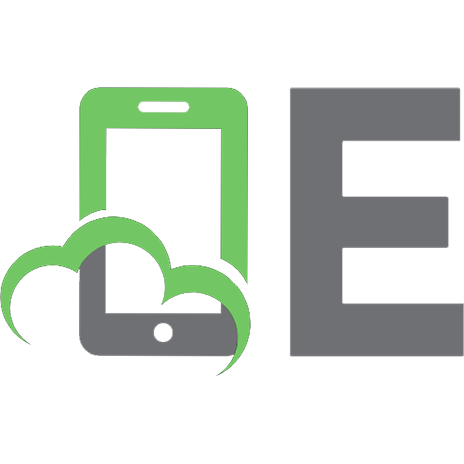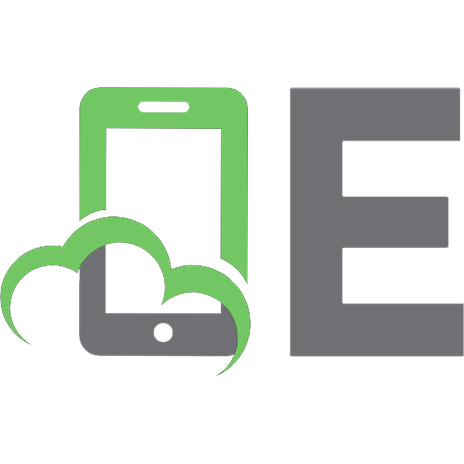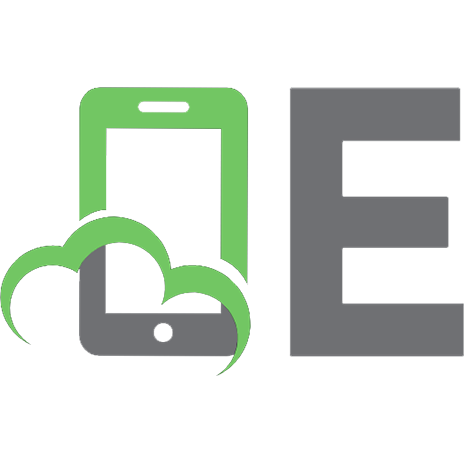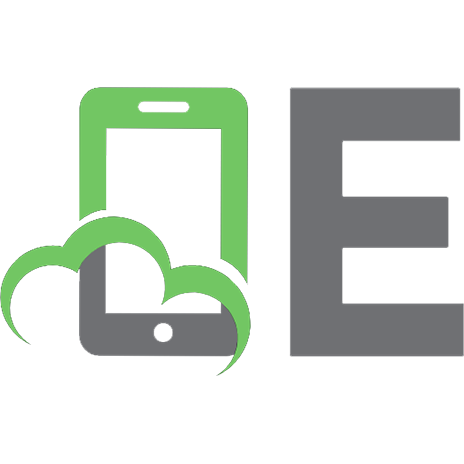Essential Guide to Node.js for All Levels (2024 Collection: Forging Ahead in Tech and Programming)
Whether you're a beginner or an experienced developer, this book is your key to mastering Node.js and building effi
123 83 15MB
English Pages 192 Year 2023
Table of contents :
What is Node.js?
Key features and benefits
Installing Node.js
Variables and data types
Control flow and loops
Functions and scope
Objects and arrays
Asynchronous programming concepts
Modules and the CommonJS pattern
Using npm (Node Package Manager)
Understanding the Node.js event loop
fs (File System) module
http and https modules
path module
events module
Callbacks and the callback pattern
Promises and async/await
Error handling with callbacks and promises
Working with streams and buffers
Building a web server using Node.js
Handling HTTP requests and responses
Express.js framework
Routing and middleware in Express.js
Connecting to databases
Performing CRUD operations
Object-Relational Mapping (ORM) libraries
Database migrations
Designing and building RESTful APIs
Parsing and validating JSON data
Authentication and authorization
API documentation and testing
Introduction to WebSockets
Building a real-time chat application
Broadcasting messages
Handling WebSocket events
Writing unit tests with frameworks
Test-driven development (TDD) principles
Debugging Node.js applications
Performance profiling and optimization
Protecting against common web vulnerabilities
Input validation and sanitization
Handling sensitive data
Deploying Node.js applications to production
Load balancing and horizontal scaling
Containerization with Docker
Continuous integration and deployment (CI/CD)
Using native C/C++ addons with Node.js
Building command-line applications
Building desktop applications with Electron.js
Serverless architecture with Node.js
What is Node.js?
Key features and benefits
Installing Node.js
Variables and data types
Control flow and loops
Functions and scope
Objects and arrays
Asynchronous programming concepts
Modules and the CommonJS pattern
Using npm (Node Package Manager)
Understanding the Node.js event loop
fs (File System) module
http and https modules
path module
events module
Callbacks and the callback pattern
Promises and async/await
Error handling with callbacks and promises
Working with streams and buffers
Building a web server using Node.js
Handling HTTP requests and responses
Express.js framework
Routing and middleware in Express.js
Connecting to databases
Performing CRUD operations
Object-Relational Mapping (ORM) libraries
Database migrations
Designing and building RESTful APIs
Parsing and validating JSON data
Authentication and authorization
API documentation and testing
Introduction to WebSockets
Building a real-time chat application
Broadcasting messages
Handling WebSocket events
Writing unit tests with frameworks
Test-driven development (TDD) principles
Debugging Node.js applications
Performance profiling and optimization
Protecting against common web vulnerabilities
Input validation and sanitization
Handling sensitive data
Deploying Node.js applications to production
Load balancing and horizontal scaling
Containerization with Docker
Continuous integration and deployment (CI/CD)
Using native C/C++ addons with Node.js
Building command-line applications
Building desktop applications with Electron.js
Serverless architecture with Node.js
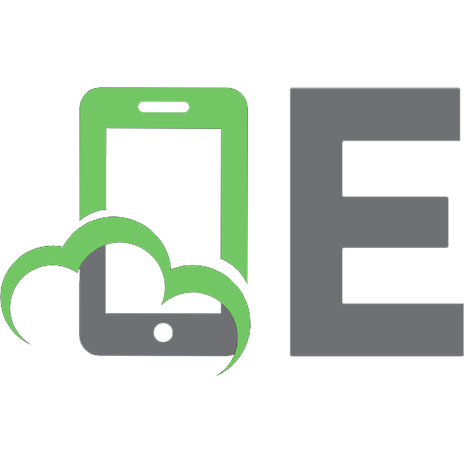
- Similar Topics
- Computers
- Programming


